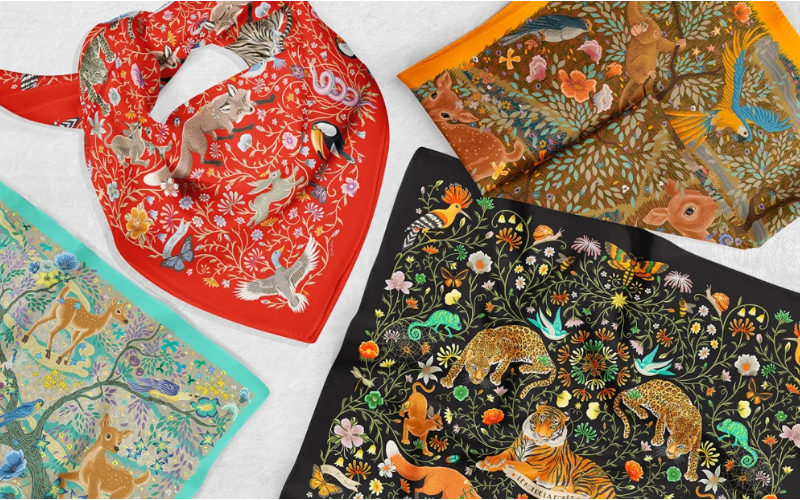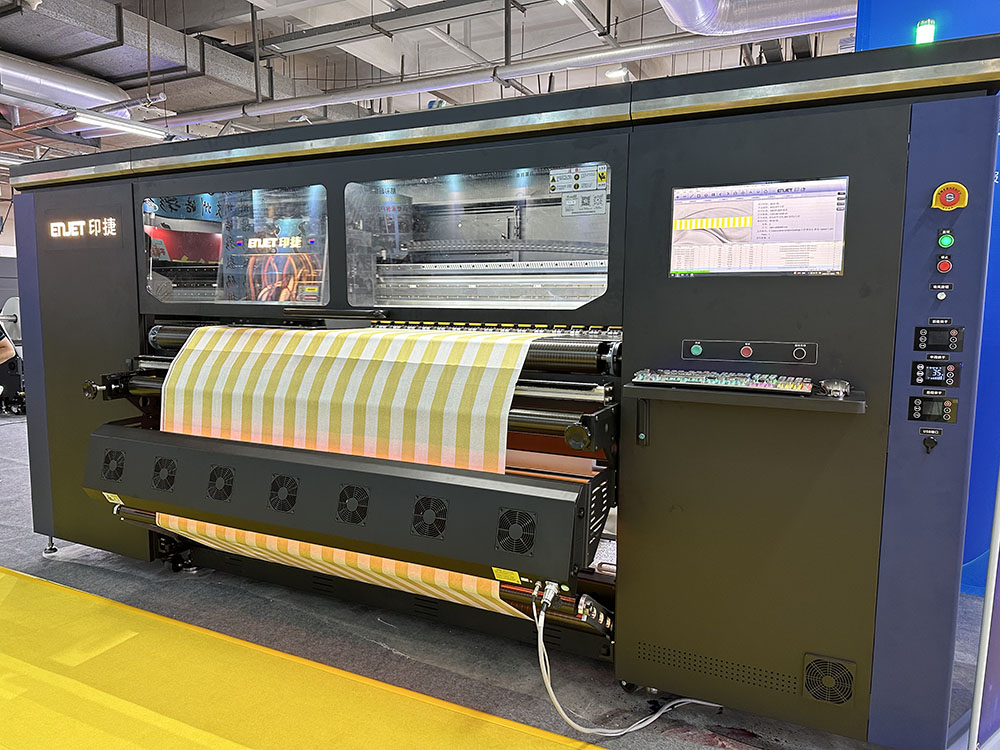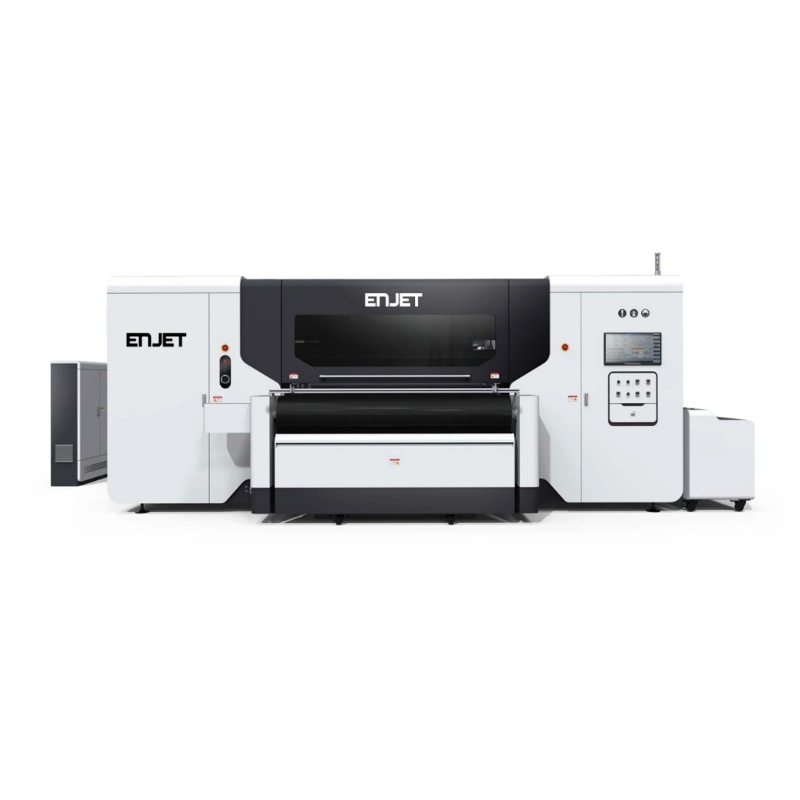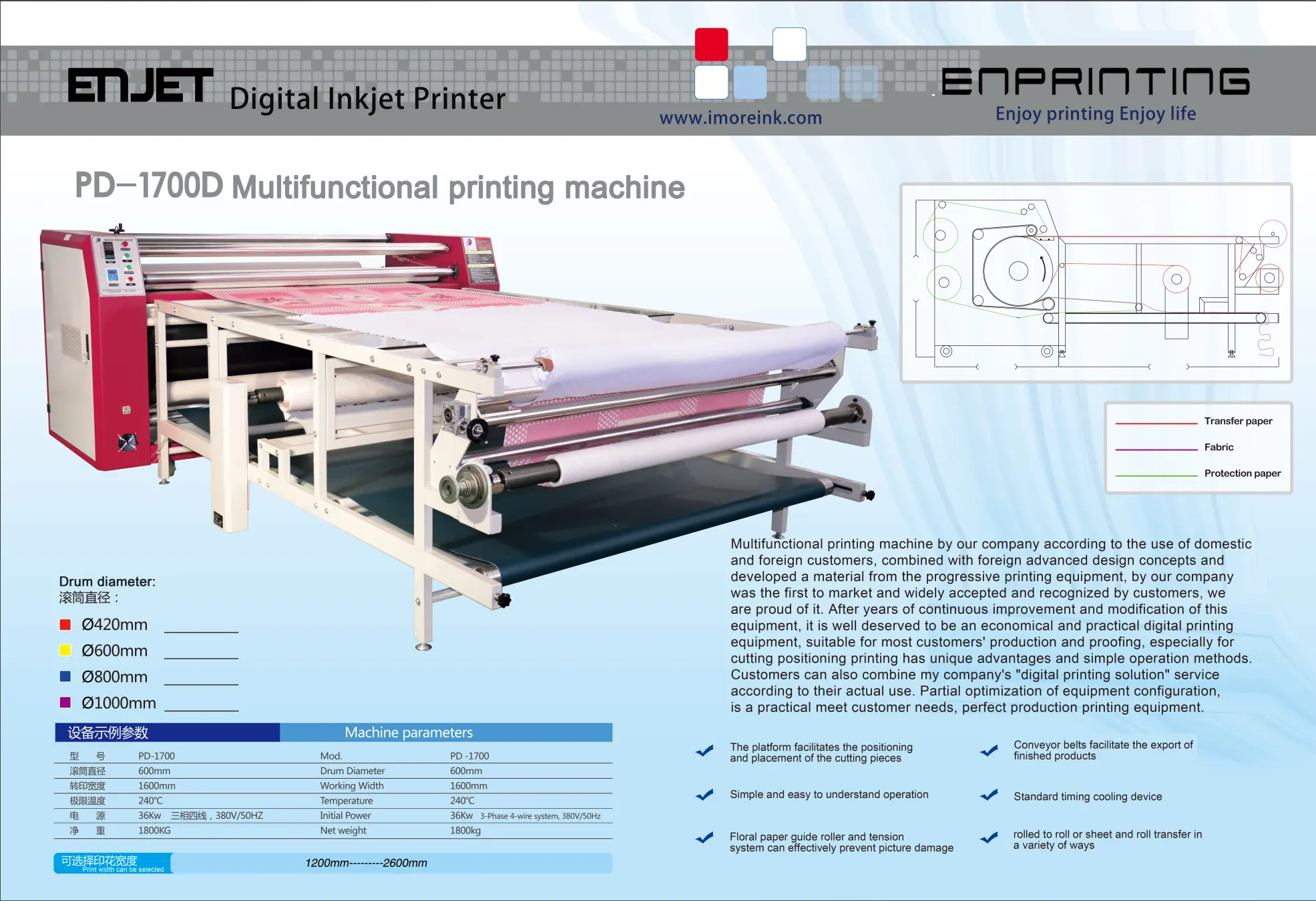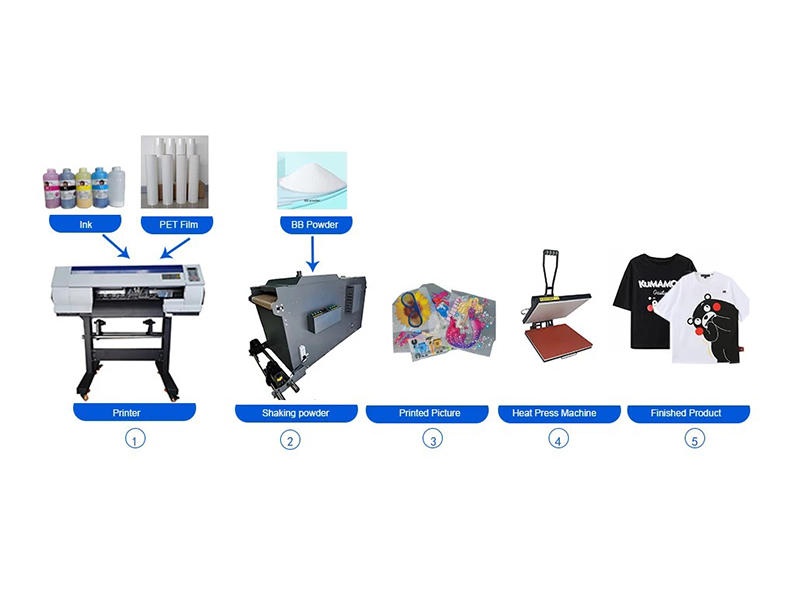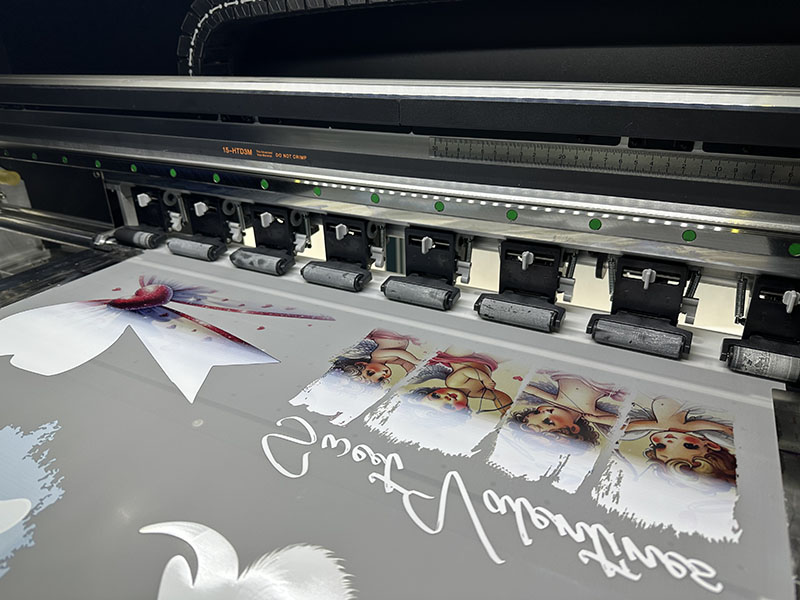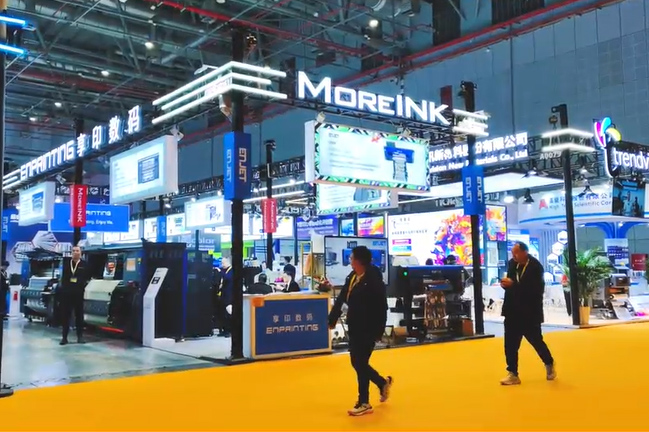What is digital heat transfer? The core principle and advantages of printing technology
In the industries of personalized customization, cultural and creative products, clothing printing, etc., digital heat transfer is a widely used and mature printing process. So, what is digital heat transfer? What are its advantages over traditional printing? This article will give you a comprehensive understanding of this technology.
What is digital heat transfer?
Digital heat transfer is a printing technology that first prints a pattern on transfer paper with special ink, and then transfers the pattern to the substrate (such as clothing, cups, metal, wood board, etc.) by high temperature and high pressure. Simply put, it is "print first, then hot stamping".
This process is usually divided into the following steps:
Design pattern: design the pattern through computer software.
Print transfer paper: use special ink to print the pattern on heat transfer paper.
Heat transfer: attach the transfer paper to the surface of the product, Heat And Press it with a heat transfer machine, and the temperature is generally between 160°C and 200°C.
Finished product: Remove the transfer paper, and the pattern will be completely transferred to the surface of the product, with bright colors, firm and durable.
Advantages of digital thermal transfer
Rich colors and high restoration
Digital thermal transfer can output high-resolution images with clear details and high color restoration, which is very suitable for printing photo-level patterns.
Adapt to a variety of materials
In addition to common cotton, polyester and other fabrics, digital thermal transfer can also be applied to ceramics, metals, wood, plastics and other materials, and is widely used in T-shirts, mugs, mouse pads, badges and other products.
Environmentally friendly and pollution-free
Compared with traditional silk screen or offset printing processes, digital thermal transfer does not require a large amount of chemical additives, which is more environmentally friendly and in line with the current concept of green production.
Common application scenarios
Clothing printing: T-shirts, sweatshirts, sportswear, etc.;
Household items: cushions, canvas bags, aprons, etc.;
Office cultural and creative: mouse pads, notebook covers, key chains, etc.;
Advertising gifts: customized products such as cups, umbrellas, badges, lanyards, etc.;
Personalized customization: couple shirts, souvenirs, DIY handmade products, etc.
Conclusion
Digital thermal transfer is an efficient technology that can quickly implement creative ideas. With its flexibility, high quality and environmental protection, it is increasingly used in life and business scenarios. If you are looking for a printing solution that takes into account cost, efficiency and beauty, digital thermal transfer is undoubtedly a choice worth considering.

